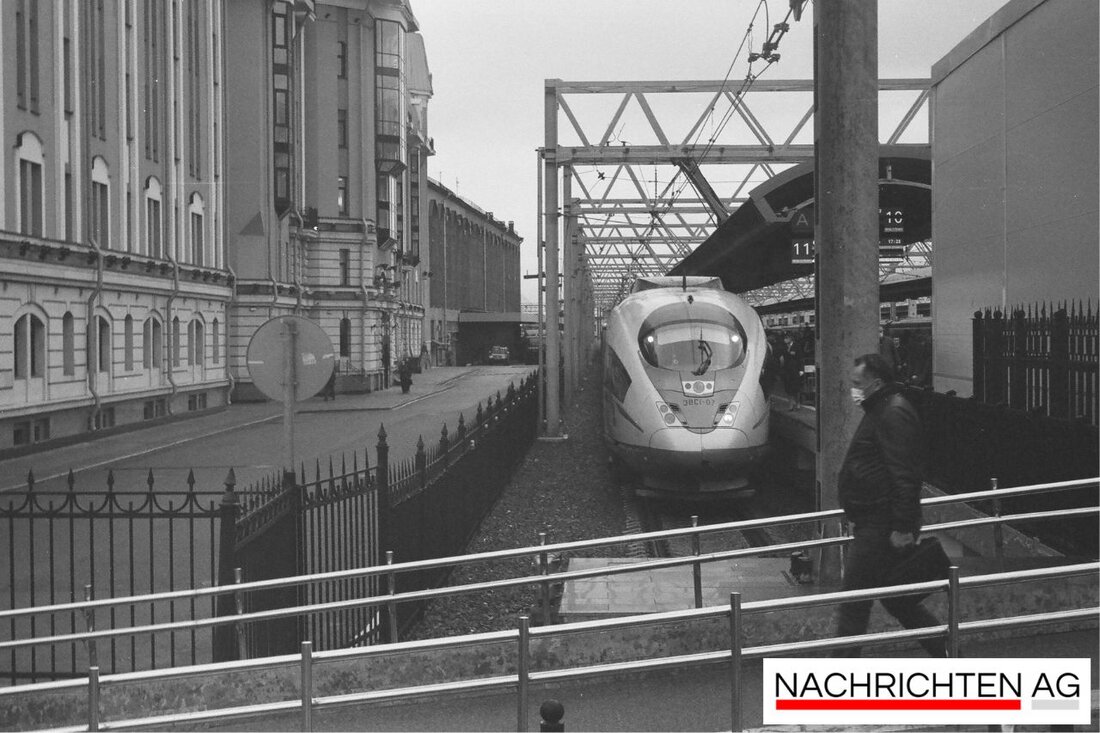Memorial stone in Göttingen: Memory of forced laborers during the Nazi era
On July 17, 2025, the federal government announced projects to commemorate forced labor at train stations, including Cologne-Deutz.

Memorial stone in Göttingen: Memory of forced laborers during the Nazi era
In a significant step for remembrance work, the Federal Government Commissioner for Culture and Media, Weimer, today announced support for 13 local projects. The joint project "MemoRails: Stop! Nazi history is remembered here" also focuses on Cologne's Deutz train station. This program aims to keep the memory of forced labor during the Nazi era alive and to draw attention to the individual fates of the victims back then. As Deutschlandfunk reports, a total of one million euros from the federal government and 100,000 euros from the EVZ Foundation will flow into this project.
The country's train stations once served as central locations for Nazi violence. People were often sent into forced labor here, although today only a few traces of this history can be found. Over 100 project ideas were submitted, primarily promoting civil society initiatives that deal with the dark past. Awareness of this topic is strengthened through the numerous educational, memorial and event formats.
Insight into forced labor
What does forced labor actually mean? During World War II, the German war economy lacked many workers, which led to the mass recruitment of people from invaded countries such as Poland, the Czech Republic and Western Europe. From 1940 onwards, these men and women were conscripted to keep German industry running. According to bpb, foreign workers made up more than a quarter of the workforce in many companies, in some cases even up to 60 percent. In August 1944, around six million civilian forced laborers were working in Germany, many of them women.
The living conditions of these people were often catastrophic. Eastern workers and Polish forced laborers experienced particularly harsh discrimination and were subjected to arbitrary actions by the Gestapo. While some skilled workers from Western Europe had relatively better conditions, most forced laborers suffered from hunger and poor housing. Numerous people tried to escape exploitative work, but had to expect harsh punishments.
Culture of remembrance and future perspectives
The increasing attention to the events of that time is not only a sign of respect for the victims, but also an important step towards coming to terms with history. With the compensation debate, which only began 65 years after the end of the war, the voices of survivors are being heard and honored. The “Remembrance, Responsibility and Future” Foundation paid out over 4.7 billion euros to 1.7 million survivors, which represents long overdue recognition.
There are also digital initiatives, such as the interview archive “Forced Labor 1939-1945”, which was created in cooperation with the “Remembrance, Responsibility and Future” Foundation as well as the Free University of Berlin and the German Historical Museum. This archive aims to preserve and make accessible the memories of over 20 million people who were subjected to forced labor for Nazi Germany, as Zwangsarbeit-Archiv reports.
The projects that are now being implemented in Cologne and other cities are a step in the right direction. They not only want to commemorate, but also enable learning so that the past is not forgotten. Through these initiatives, we as a society can ensure that the voices of the past inform our present and future.

 Suche
Suche
 Mein Konto
Mein Konto